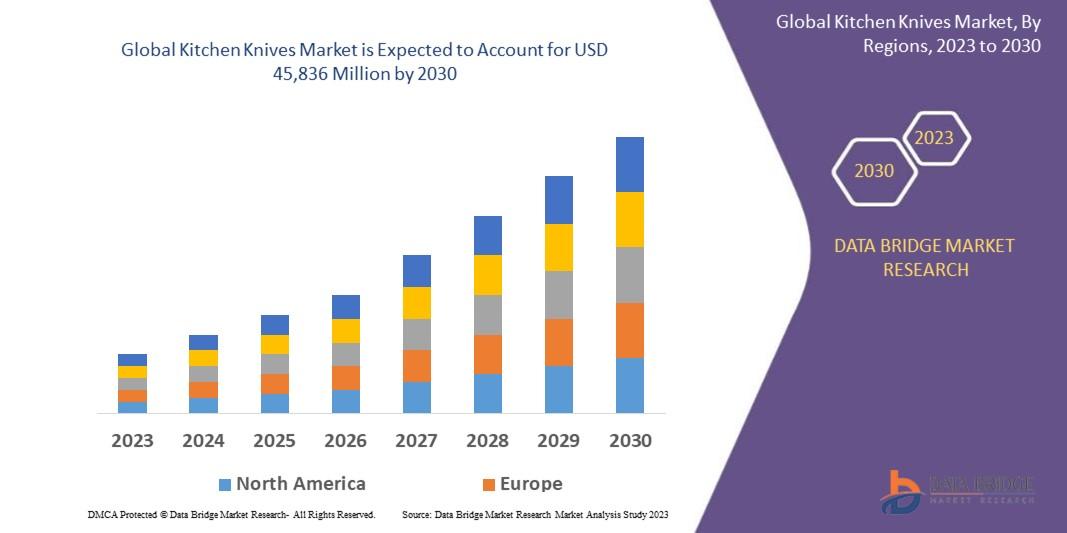Plastic Rigid IBC Market: Future Outlook and Opportunities in Sustainable Industrial Packaging

The global market for plastic rigid intermediate bulk containers (IBCs) is on an upward trajectory, driven by the growing demand for efficient, reusable, and cost-effective bulk packaging solutions. These containers have become indispensable in modern industrial logistics, supporting the safe transport and storage of chemicals, pharmaceuticals, food ingredients, and agricultural products. Designed for strength, reliability, and compliance with international standards, plastic rigid IBCs have become the backbone of liquid and semi-liquid handling systems across diverse industries.
In an era where sustainability and operational efficiency define competitive advantage, plastic rigid IBCs are increasingly preferred over traditional steel and fiber containers. They not only minimize product contamination and material waste but also reduce transportation costs through their stackable and lightweight design.
Market Drivers and Evolving Trends
The Plastic Rigid IBC Market continues to benefit from rising industrialization, expanding global trade, and regulatory encouragement toward eco-friendly packaging. Manufacturers are investing in advanced polymers such as high-density polyethylene (HDPE) and polypropylene (PP) to enhance product durability and resistance to chemicals and UV exposure.
Automation in packaging operations and innovations like smart IBCs equipped with IoT sensors have further revolutionized product tracking and logistics management. These developments are allowing companies to achieve better visibility, reduce spillage, and comply with safety norms during cross-border transportation.
Comprehensive Insights on Plastic Rigid IBC Adoption
A closer look at the plastic rigid IBC landscape reveals its critical role in enhancing industrial supply chains. In the chemical sector, these containers are used extensively for transporting hazardous liquids, ensuring safety and compliance with international transport regulations. Similarly, the food and beverage industry leverages food-grade IBCs to preserve hygiene standards, while pharmaceuticals rely on sterilizable containers for transporting high-purity ingredients and solutions.
Geographically, Asia-Pacific leads the market due to rapid industrial expansion and robust trade activity, while North America and Europe are focusing on reconditioning and recycling programs to meet stringent environmental goals. This global momentum is setting the stage for continued innovation and expansion across all major end-use industries.
Future Outlook and Growth Opportunities
The future of the plastic rigid IBC market lies in sustainable production practices and digital transformation. The increasing focus on circular economy principles—where containers are reconditioned, reused, and recycled—will be key to achieving environmental targets while ensuring cost savings for businesses.
Moreover, as international trade and e-commerce continue to expand, the demand for reliable and efficient bulk packaging will accelerate further. Technological innovations, coupled with smart logistics and automation, will strengthen the role of plastic rigid IBCs as a cornerstone of modern industrial packaging solutions.
In conclusion, the plastic rigid IBC market is set to grow consistently in the coming decade, powered by sustainability-driven innovation, regulatory support, and global industrial expansion.
Browse More:
Self Heating Food Packaging Market Share
Public Warehousing Market Growth




